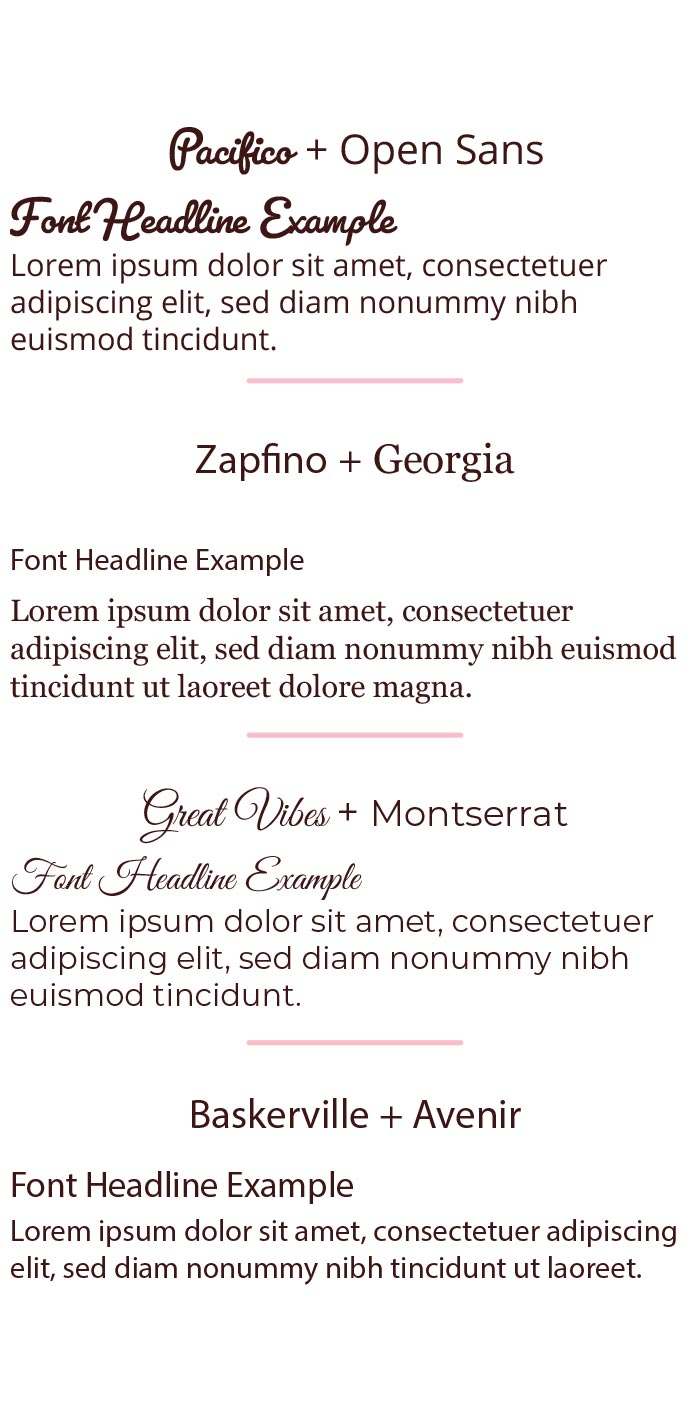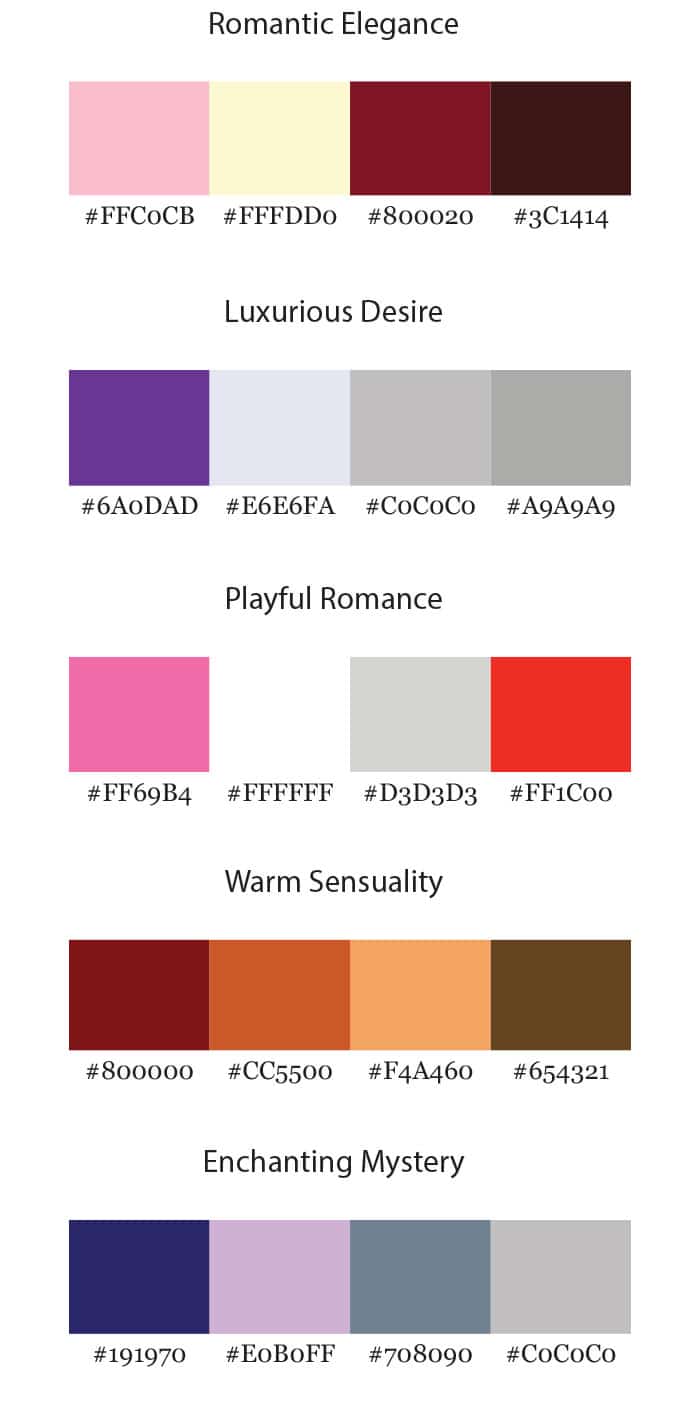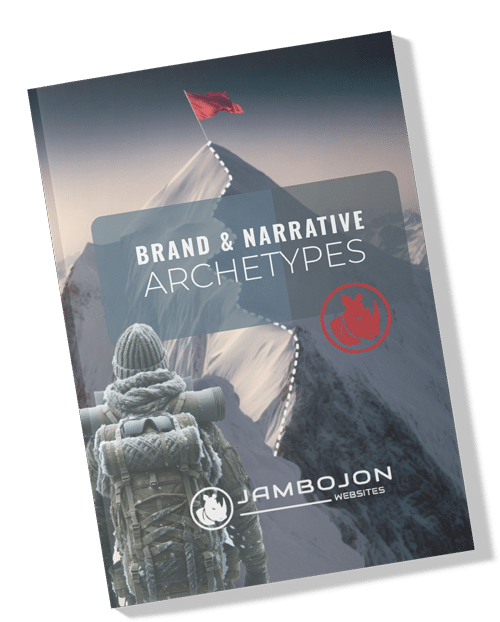About Archetypes
Brand archetypes are important in marketing and branding because they provide a framework for creating a distinct and compelling brand identity. They tap into universal patterns and symbols deeply rooted in human psychology, making them attractive to our character traits and sensibilities. Here’s why brand archetypes are significant and appealing:
The 12 Brand Archetypes
For each narrative, the website design can incorporate elements that reflect the brand's archetype and story.
- Visuals and Imagery: Use imagery that resonates with the archetype's qualities and the narrative's journey. For example, explorers might feature open landscapes, while heroes might use bold and powerful imagery.
- Tone and Language: The copy should reflect the voice of the archetype and the narrative's stages. A Jester might use playful and witty language, whereas a Sage would use insightful and thoughtful prose.
- User Journey: Design the website's user journey to mirror the narrative structure. For a Rags to Riches story, you could guide users from understanding the problem (rags) to discovering your solution (riches).
- Interactivity and Engagement: Use interactive elements to involve the user in the story. For instance, an Explorer brand could include interactive maps or exploration games.
- Testimonials and Case Studies: Share customer stories that align with your narrative and archetype. For a Caregiver brand, testimonials could focus on how the brand supported or nurtured the customer.
By thoughtfully integrating brand archetypes with storytelling formulas, websites can draw in the audience, keeping them on the edge of their seats.
The 12 Brand Archetypes
For each narrative, the website design can incorporate elements that reflect the brand's archetype and story.
- Visuals and Imagery: Use imagery that resonates with the archetype's qualities and the narrative's journey. For example, explorers might feature open landscapes, while heroes might use bold and powerful imagery.
- Tone and Language: The copy should reflect the voice of the archetype and the narrative's stages. A Jester might use playful and witty language, whereas a Sage would use insightful and thoughtful prose.
- User Journey: Design the website's user journey to mirror the narrative structure. For a Rags to Riches story, you could guide users from understanding the problem (rags) to discovering your solution (riches).
- Interactivity and Engagement: Use interactive elements to involve the user in the story. For instance, an Explorer brand could include interactive maps or exploration games.
- Testimonials and Case Studies: Share customer stories that align with your narrative and archetype. For a Caregiver brand, testimonials could focus on how the brand supported or nurtured the customer.
By thoughtfully integrating brand archetypes with storytelling formulas, websites can draw in the audience, keeping them on the edge of their seats.
What is the Lover Archetype?
The Lover archetype is characterized by its ability to inspire love and loyalty.
How is it present?
The “Lover” archetype effectively appeals to passion and desire, focusing on sensuality, romance, and connection. It taps into the deep-seated human need for intimacy and belonging, drawing consumers into a world of beauty, luxury, and emotional fulfillment. Brands embodying this archetype connect with their audience on a deeply emotional level, presenting their products or services as essential for achieving personal happiness and intimate relationships. By highlighting themes of romance and sensuality, these brands suggest that their products can enhance personal relationships and self-worth. This focus on emotional connection makes the Lover archetype captivating and relatable to those seeking more meaningful experiences in their lives.
The “Lover” as the Guide
Fosters Intimacy and Connection:
Deepening emotional connections and fostering mutual understanding.
Promotes Passion and Enthusiasm:
Inspiring clients to pursue their passions, injecting enthusiasm and zest into their endeavors and interactions.
Enhances Sensuality and Pleasure:
Offering experiences that appeal to the senses, enhancing the pleasure and enjoyment in clients’ lives.
Builds Loyalty through Emotional Engagement:
Cultivating brand loyalty by connecting emotionally, creating a sense of belonging.
Encourages Self-Care and Appreciation:
Highlighting the importance of self-love and nurturing personal relationships.
Creates Aesthetic Experiences:
Providing products and services that are aesthetically pleasing, elevating the beauty and harmony in clients’ surroundings.
Inspires Romantic & Loving Expressions:
Encouraging expressions of love and romance, helping clients to communicate their feelings and strengthen their personal relationships.
Font & Color Schemes for "The Ruler"


Download Our Brand Archetype Guide

Understand each of the brand and narative archetypes In this free download. Learn the language, formulas, color schemes and adventure that can tell your story and create raving fans!
Ready to Start Your Journey?













